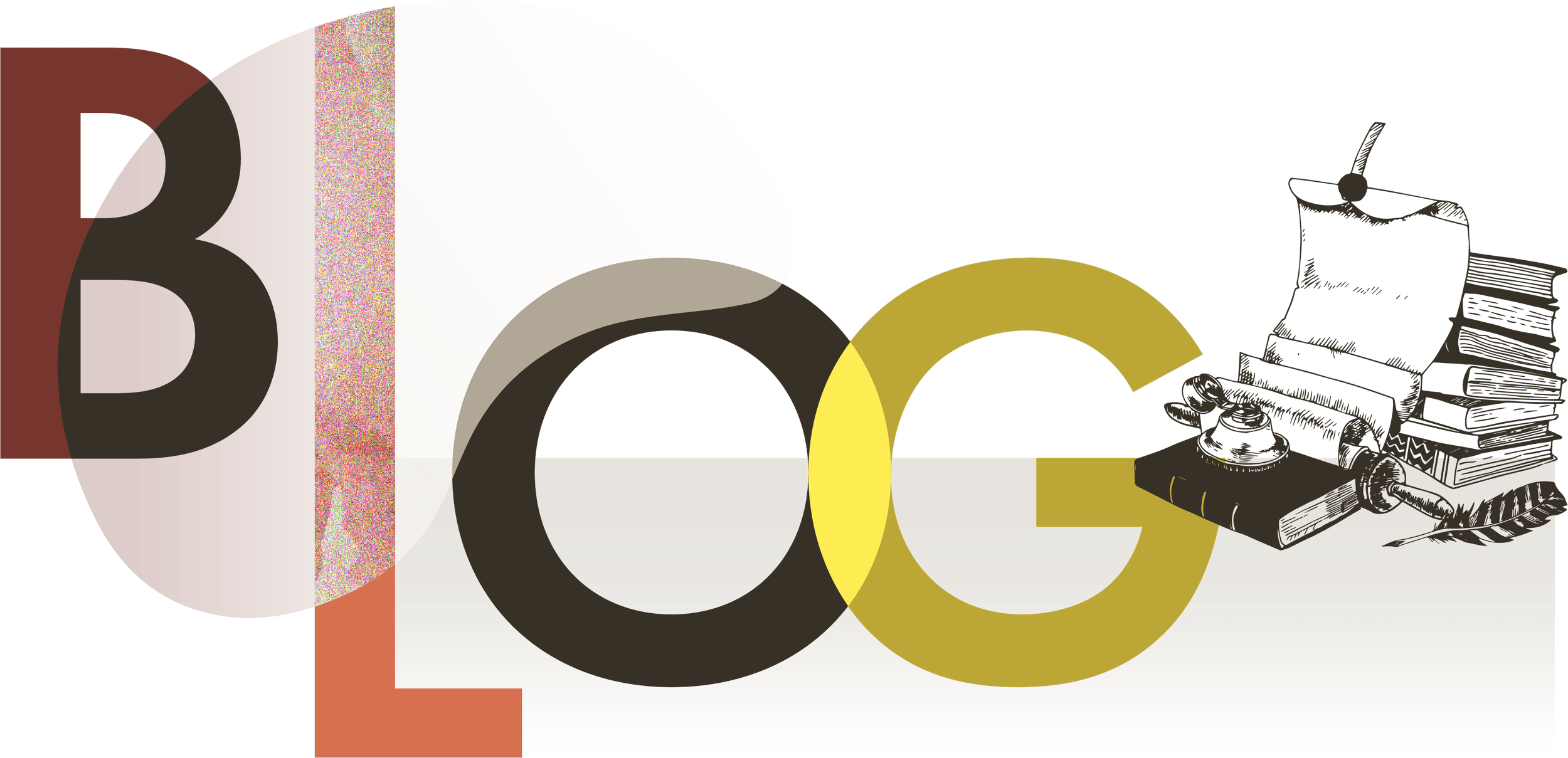BLOG | UNSER DENKECK
Artikel, Berichte und Studien

Agile's Blind Spots: Some Thoughts for Adopters
Discover the unvarnished truth about Agile methodologies with our insightful analysis: "Why Agile Isn’t the Silver Bullet You Thought It Was." While Agile has revolutionized project management and software development with its adaptability and iterative approach, its effectiveness in large corporate environments is not without challenges. This article dives into the common pitfalls of Agile, from the complexity of its jargon to the necessity for a cultural overhaul within organizations. Uncover how the allure of Agile falls short in large-scale operations and why a deeper transformation beyond methodologies is required for true Agile success.

